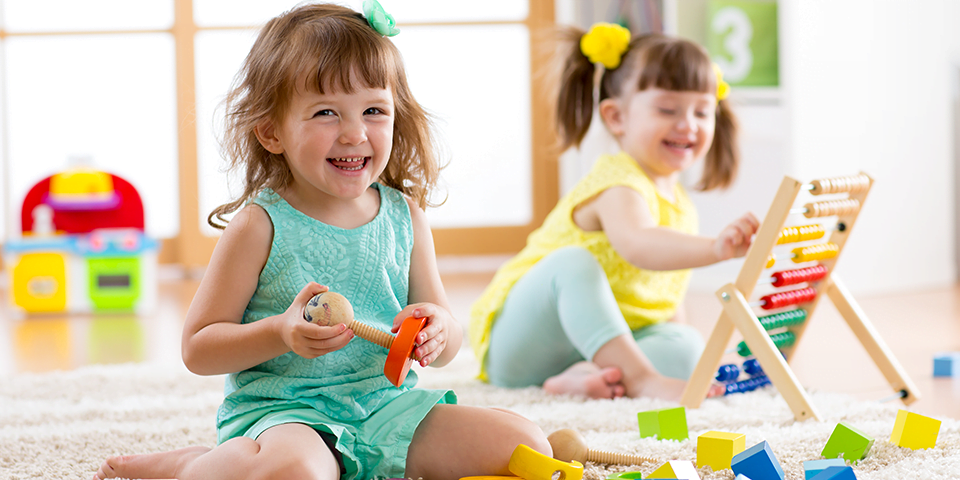To optimise bone health new research from the University of South Australia confirms that children need more moderate-to-vigorous physical activity, more sleep and less sedentary time.
Examining 804 Australian children aged between 11 and 13 years old, participants were selected from the Child Health CheckPoint study within the Longitudinal Study of Australian Children.
Activity data was collected through accelerometer readings (worn for 24 hours a day over an eight-day period), supplemented by self-recorded logs for bed and wake times.
Bone measures were recorded via peripheral QCT scans of the leg (ankle and shin) to identify bone density and geometric parameters.
The Goldilocks Day
The study found that a Goldilocks ‘just right’ approach provides the ideal balance and across a 24-hour period comprises:
- 1.5 hours of moderate-to-vigorous physical activity (sports, running around).
- 3.4 hours of light physical activity (walking, doing chores).
- 8.2 hours of sedentary time (studying, sitting at school, reading).
- 10.9 hours of sleep.
“Children’s activities throughout the whole 24-hour day are important for their bone health, but until now, we haven’t known the perfect combination of exercise, sleep and sedentary time,” says lead researcher, UniSA’s Dr Dot Dumuid.
“Higher levels of physical activity are known to be good for children’s bone health, yet we can’t just increase children’s exercise without impacting their other activities.
“In this study, we looked at the interrelating factors of physical activity (both light, and moderate-to-vigorous physical activity), sedentary time and sleep, finding an ideal combination that delivers the best daily balance.
“The ‘Goldilocks Day’ tells us the durations of physical activity, sleep and sitting that are ‘just right’ for children’s optimal bone health.”
Osteoporosis is common in Australia, with 1.2 million people estimated to have the condition and a further 6.3 million with low bone density.
Globally, osteoporosis affects 200 million people, with 75 million cases across Europe, USA and Japan.
“Up to 90% of peak bone mass is achieved by age 18-20, which makes this especially important during childhood and adolescence.
“Optimising bone health in children is a key protector against osteoporosis, the leading preventable cause of fracture in adults and a major public health problem with considerable economic and societal costs,” says Dr Dumuid.
Sleep also vital for bone health
Dr Dumuid adds that the study also highlights the importance of sleep, especially for boys.
“We always talk about getting enough exercise to help build bones, but for children, it’s vital that they also get enough sleep.
“Curiously, the study also showed that sleep is more important for boys’ bone health than for girls, with boys needing an extra 2.4 hours of sleep a day.
“However, boys tended to be at earlier stages of pubertal development than girls, causing us to speculate that the need for longer sleep is related to rapidly changing hormonal processes rather than gender.
“By knowing the best balances and interrelations of sleep, exercise and rest, parents and caregivers can guide their child’s daily activities to put them in good stead for future bone health,” says Dr Dumuid.








